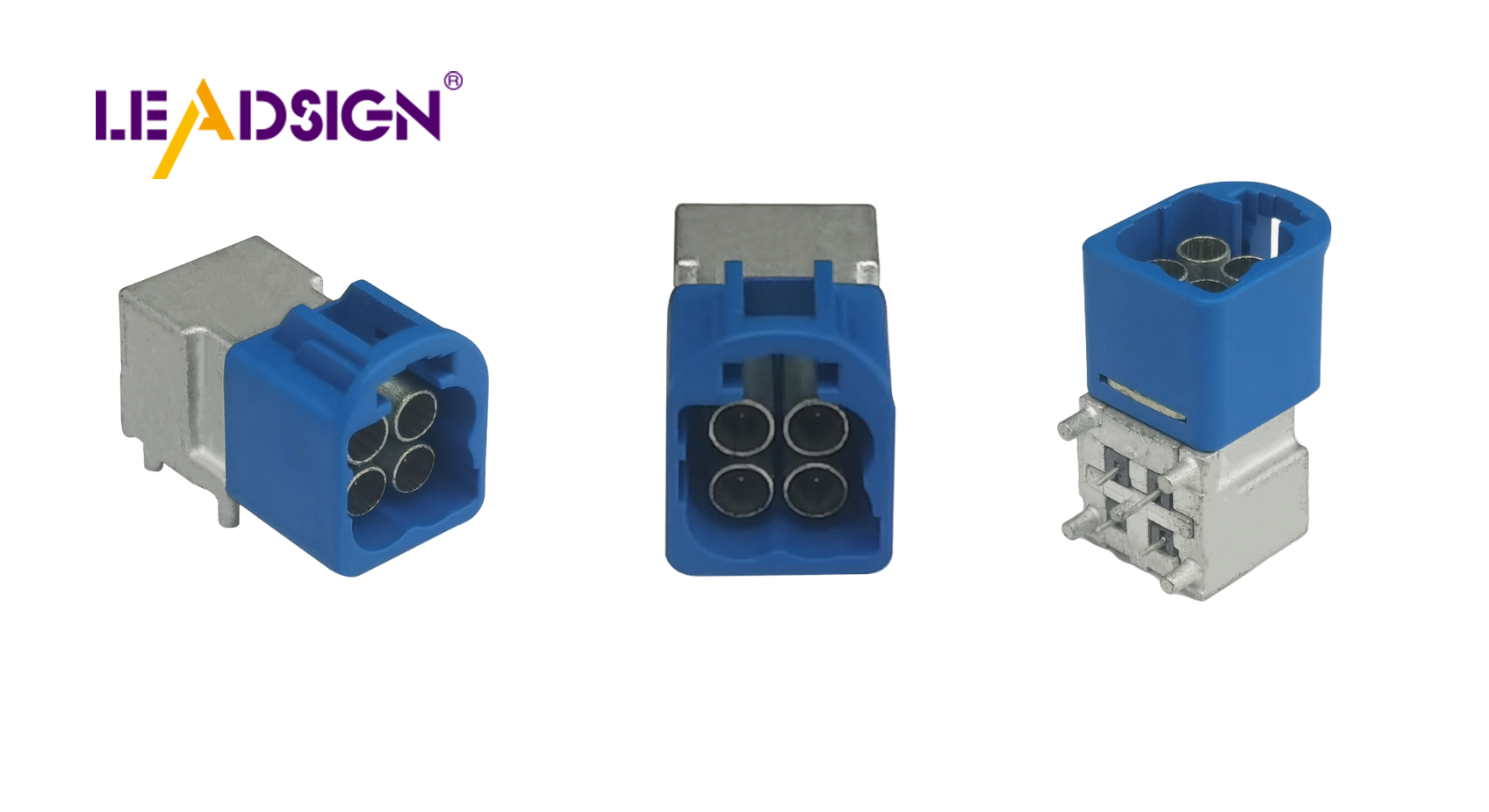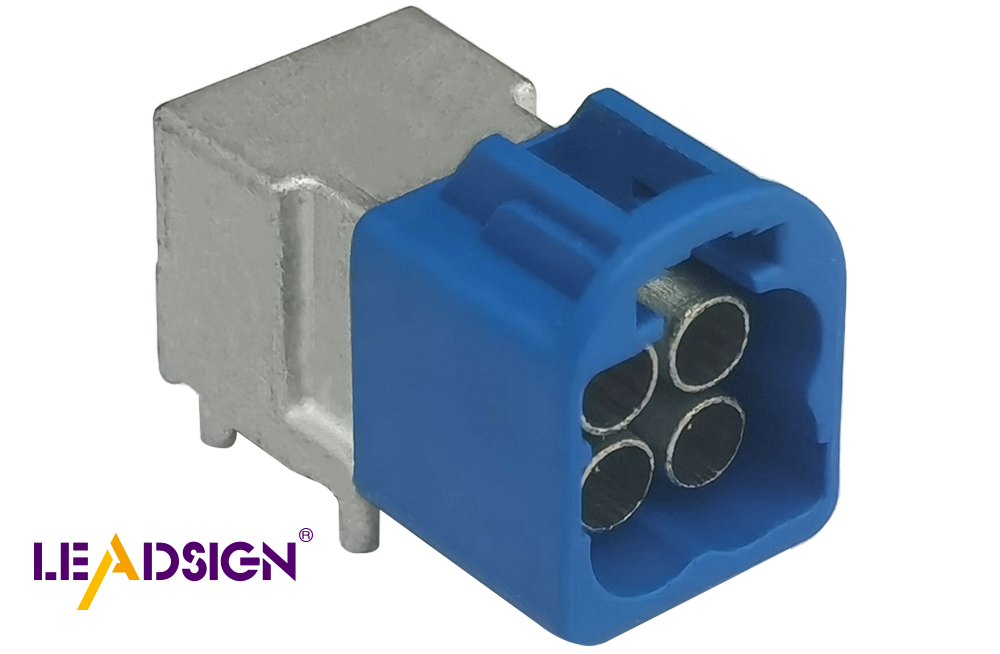Automotive Electrical Connectors Types Explained Simply

Car electrical connectors are very important for car care. They help connect different electrical parts safely. Some common automotive electrical connectors types include:
Blade connectors
Bullet connectors
Pin connectors
Multi-pin connectors
Using the right connector prevents problems from occurring. Many people struggle to know which connector to use because guides are not simple. Understanding these automotive electrical connector types keeps cars functioning well and safe.
Overview of Automotive Electrical Connectors
What Are Automotive Electrical Connectors?
Automotive electrical connectors are important in cars. They make sure different electric parts connect safely and work well. These connectors have many shapes and sizes. Each one is made for a special job in cars. They help send power and signals, which is very important for how cars work today.
Connectors are often made for certain uses or industries. Choosing the right connector depends on its job, space, weather, and how often it's used. For example, motorcycle connectors might be different from car ones because they face different conditions.
Role of Connectors in Vehicles
Connectors do many key jobs in cars. They keep electric systems working by making strong connections. This helps parts like lights, radios, and engines work well.
Signal Transmission: Connectors help send signals between car parts. This includes talking between sensors and control units, which is needed for the car to run.
Power Distribution: They also help share power with electric parts so each gets what it needs to work right.
Environmental Protection: Many connectors can handle tough conditions like wetness or dust without breaking.
Ease of Maintenance: Connectors make it easy to take apart and fix electric systems. This makes fixing cars easier for mechanics.
Types of Connectors

Automotive electrical connectors are key for cars to work well. Knowing these types helps pick the right one for each job, making cars safer and better.
Blade Connectors
Blade connectors are very common in cars. They are simple and work well.
Uses of Blade Connectors
Fuse Boxes: They connect fuses, keeping them stable.
Lighting Systems: Used for headlights and taillights.
Battery Terminals: Help batteries share power easily.
Characteristics of Blade Connectors
Flat Metal Blades: Fit into slots for a strong hold.
Ease of Use: Easy to put in and take out.
Durability: Last long in tough car conditions.
Bullet Connectors
Bullet connectors are small but useful in cars. They connect wires quickly.
Uses of Bullet Connectors
Speaker Connections: Join speakers in car sound systems.
Wire Harnesses: Link different electric parts together.
Signal Lights: Keep signal lights working right.
Characteristics of Bullet Connectors
Cylindrical Shape: Easy to plug in or pull out.
Secure Fit: Stay connected even if the car shakes.
Versatility: Come in many sizes for different wires.
Pin Connectors
Pin connectors are important for tricky systems in cars.
Uses of Pin Connectors
Engine Control Units (ECUs): Send data correctly between ECUs.
Sensor Connections: Link sensors like those checking oxygen levels.
Diagnostic Tools: Help connect tools that check car health.
Characteristics of Pin Connectors
Multiple Pins: Many pins fit into matching holes tightly.
High Precision: Good for exact tasks needing care.
Robust Design: Strong against wear and weather changes.
Knowing these types of connectors is important for fixing or caring for cars. Each type has its own uses and traits, so picking the right one is crucial.
Multi-Pin Connectors
Multi-pin connectors are very important in cars. They connect many parts at once. These connectors are needed in new cars with complex systems.
Uses of Multi-Pin Connectors
Engine Management Systems: They help engine parts talk to each other. This makes the engine work better.
Infotainment Systems: They link screens, sound systems, and controls. This makes using car media easy and fun.
Safety Systems: Airbags and brakes need these connectors for safety. They send signals to keep passengers safe.
Lighting Systems: Used in headlights and LED lights, they control light functions well for better road safety.
Characteristics of Multi-Pin Connectors
Multiple Contacts: Have many contact points to handle lots of signals at once, perfect for complex systems.
Robust Construction: Built strong to last in tough car conditions like vibrations and moisture.
Secure Locking Mechanism: Locking features stop them from coming loose by accident, keeping connections stable.
Versatile Design: Come in different shapes to fit various car needs easily.
Knowing about multi-pin connectors helps fix or maintain cars safely and efficiently.
How to Spot Connectors
Finding out what type of different connector types you have can be tough, but it's doable. Knowing them helps fix cars right. Here are some easy ways to spot different connector types.
Tips for Spotting Different Connectors
Know the Job: What does the connector do? Lights use different ones than engines.
Look at Shape and Size: Each connector looks different. Blade ones are flat, bullets are round.
Material and Color: Colors and materials give hints. Some colors show what they do.
Check Manuals: Car books have pictures of connectors. Online sites like Connector Experts help too.
Use a Multimeter: Test with a multimeter to see how it works by checking resistance.
Visual Hints for Spotting
Count Pins: Count how many pins there are. Multi-pin ones have lots, unlike single-pin ones.
Locking Parts: Look for locks that keep them from coming apart easily.
Labels and Marks: Some have labels showing their job or type on them.
Wire Order: See how wires line up; pin connectors often follow a pattern.
Connector Covering: Check the cover; strong covers protect in tough spots like engines.
Using these tips makes spotting connector types easier, helping pick the right one for safe car fixes.
Knowing different car electrical connectors is very important. It helps keep cars running well and safe. Picking the right connector makes sure parts work best. This lowers the chance of electric problems. With this knowledge, people can fix or upgrade their cars better.
"Connector Experts" is an online store with lots of experience. They say using good connectors is very important. Their advice shows why choosing the right connector matters for each job. By learning this, readers can make their cars last longer and work better.
See Also
Understanding HSD Connectors Essential for Automotive Applications
Why Fakra Connectors Are Crucial for Today's Vehicles
Significance of Fakra Connectors in Automotive Technology

